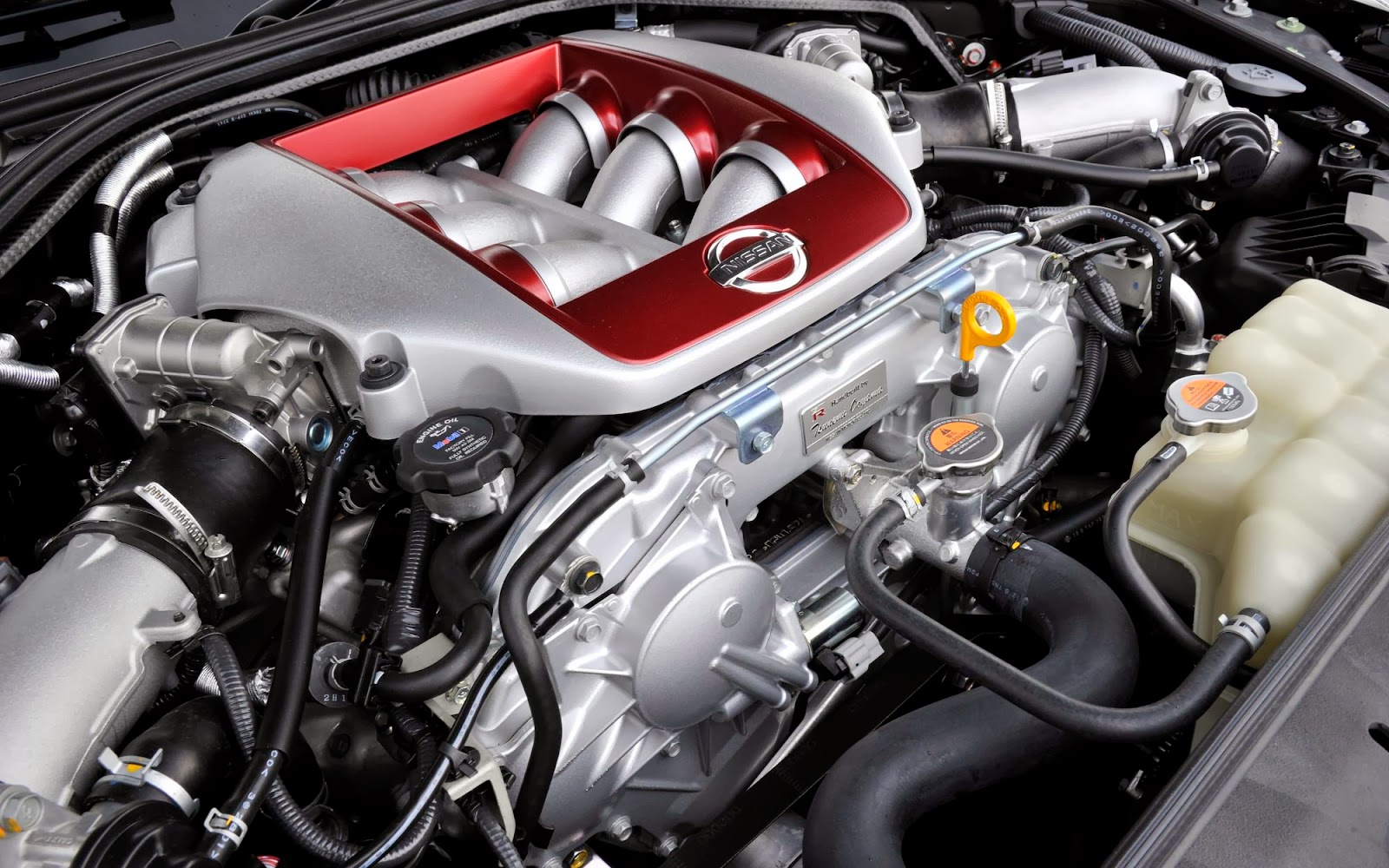The Studebaker Brothers Manufacturing
Company opened in 1852 as a wagon producer in Indiana by five
brothers. In 1889, President Harrison ordered a full set of carriages
and harnesses for the White House. The Budweiser wagons featured in
their commercials are actually Studebaker wagons changed to
accommodate beer and were made in about 1900.
In 1895, a Studebaker relative, Fred
Fish, was urging for practical horseless carriages. He ended up
becoming a chairman in 1897 when one of the brothers died and right
away he had the company get started on an electric vehicle. The first
one came out in 1902. They started making gas powered in 1904 and
electric was discontinued in 1911, when the brand was officially
established. In the coming years Studebaker began to produce truck
lines, buses, fire engines, and small rail trains.
Sales were absolutely amazing for
Studebaker in the 1920s before the Great Depression. The 1930's saw
cut wages and layoffs for the company, much like the rest of the
country. Studebaker tried to sell a small low cost car but it was too
bad of an economy for even that to sell well. By 1933, the company
owned the banks six million dollars and the Studebaker president
committed suicide. It was only later that year though that the
company began picking up again. Sales doubled between 1938 and 1939.
During World War II, they were known
for making large amounts of trucks and the unusual M29 Weasel for the
war effort. The Studebaker team was well prepared for the market
after the war with new cars and a new ad campaign.
However, this superb post war team was
gone by 1949 and the new executives were not prepared for the
challenges that General Motors and Ford presented. At this time, Ford
and GM were having their price war that individual dealerships could
just not compete with. Many independent companies saw this as “Merge
or die”. By 1950, sales were dropping quickly and four years later,
they were drastically losing money. They planned to have Packard take
over Studebaker.
Studebaker wasn't exactly honest with
Packard about just had bad its finances were though. By 1956, they
were going bankrupt. They tried to stay afloat with redesigns but it
was obvious that the company just couldn't last. Sales continued to
drop throughout the 60s and they finally disappeared from the market
in 1967.
Sources: Wikipedia, www.wikipedia.org ; Military Images, http://www.militaryimages.net/photopost/tracked-armoured-armored-vehicles/p17476-m29-weasel-wwii.html ; Remarkable Cars, http://www.remarkablecars.com/main/studebaker/1909-studebaker-electric.html
































